What’s the Difference Between Waves and Tides?
Waves vs tides: – what’s the difference? Waves are made by wind blowing over the water. Tides are because of the rise and fall of sea levels.
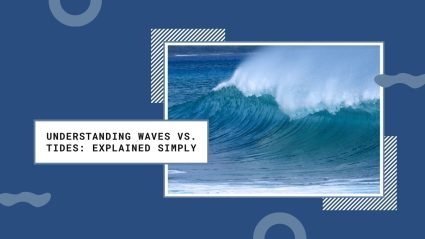
Waves vs tides: – what’s the difference? Waves are made by wind blowing over the water. Tides are because of the rise and fall of sea levels.
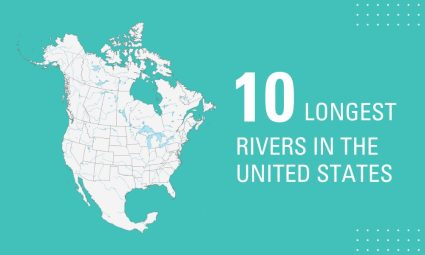
Rivers are the lifeblood of the United States, weaving through each and every state. Among them, ten rivers stand out for their lengths.
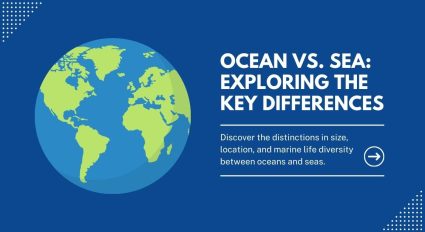
While oceans are deep and open, seas are closer to coasts and can be thought of as parts of oceans. There are 5 oceans and over 50 seas.
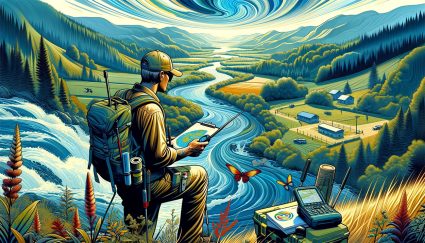
A watershed manager is responsible for the health of water, like rivers and lakes. They ensure water is not only clean but also safe for use.
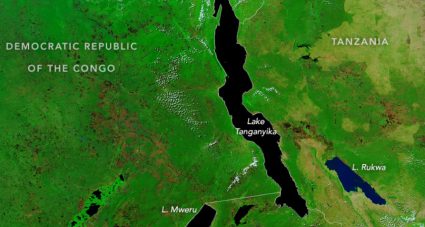
Lake Tanganyika is the world’s longest freshwater lake in the world, stretching approximately 660 kilometers (over 410 miles) in length.
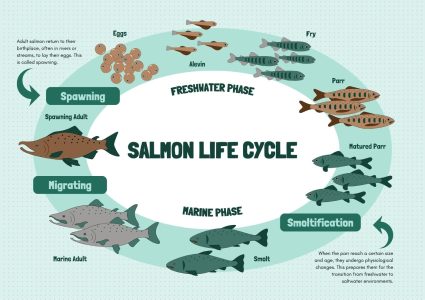
The salmon lifecycle is a remarkable journey, unique in the animal kingdom. These fish travel thousands of miles throughout their lives.
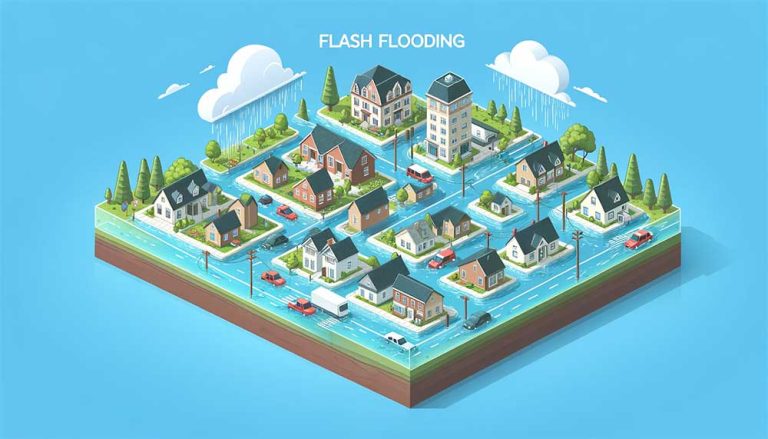
Flash flooding is a sudden and intense flooding that happens in a short period. It happens with little warning and rapidly fills the streets.
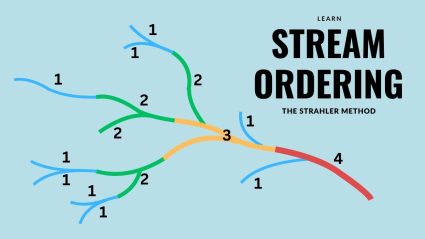
Stream ordering is a way to classify the size of streams. The Strahler method is a way to classify streams based on their branches.
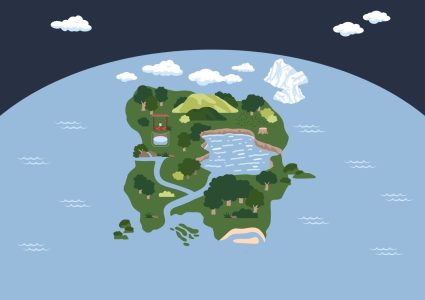
The hydrosphere is a vast and dynamic system of all things watery. In fact, the hydrosphere covers about 71% of our planet’s surface.
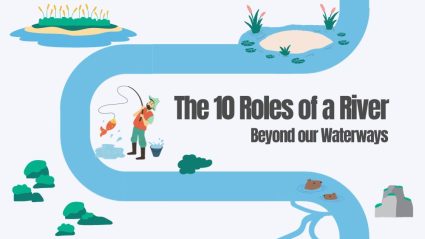
Rivers are dynamic and essential. Plus, they fulfill diverse roles in our world. You’ll learn the significance of a river is far-reaching.

The ocean is vast and still holds many mysteries. Today, we’re going to dive deep and explore 10 of these fascinating mysteries.
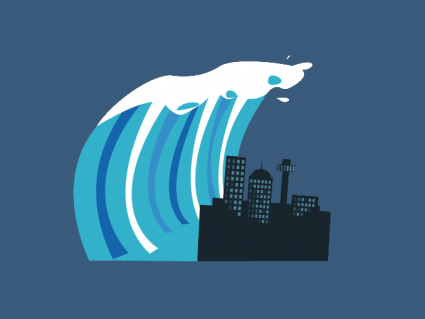
Tsunamis are long, tall waves that can be disastrous to anything nearby. But what causes tsunamis? 80% start from earthquakes. And how do tsunamis form?
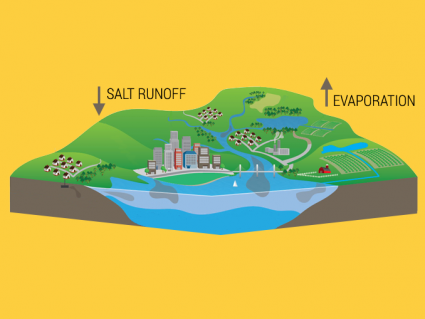
Oceans are salty because runoff transports minerals and salts from the surface. When ocean evaporates from heat, salt remains in the ocean and water rises.

Coral reefs are biodiversity hotspots for ocean life. Remarkably, about 1/4 of marine species reside in them. So the spotlight is on coral reefs for protection.
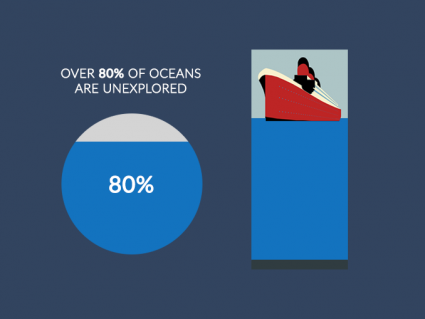
We’ve mapped 100% of oceans at 5 km resolution using satellite radar. We’ve mapped 20% with bathymetry sonar. But nearly 80% of oceans have gone unexplored.